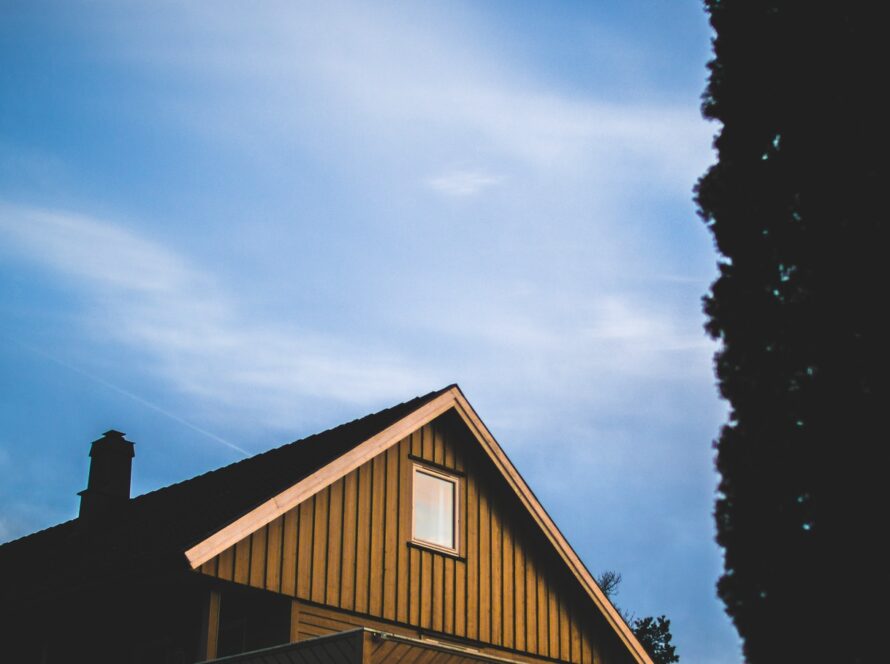If you’re wondering about your roof lifespan, the answer all commercial roofing contractors would tell you is, “it depends.” Although the price you pay for your roof is a reasonable estimate of its lifespan, that alone won’t give you an accurate estimate of its longevity.
In fact, there are five key elements that influence your roof lifespan, namely: materials, installation, ventilation condition, drainage, and weather condition. In this article, we’ll go through each element one by one:
- Material selection
Since roofs come in a wide variety of different materials, their lifespan varies depending on the material you chose. Asphalt shingles can protect your home for up to 20 years, but the value decreases if exposed in an area with high moisture content. If you have the extra budget, you can go for metal roofs, which are more durable than asphalt.
Plastic polymer roofing is durable too, but it possesses poor insulation properties and absorbs toxic substances in the environment. On the other hand, if you value aesthetics above everything else, then it’s best to go for clay tiles. However, be warned, as clay tiles are very easy to break.
For cheaper alternatives, there are also concrete shingles, however they require a solid foundation because of their weight. Wood shingles are more affordable options but need more maintenance than other types of roofing.
With all the options mentioned above, it is best to consult with the best roofing contractor near you. They can suggest which option best suits your budget and needs.
- Installation quality
The way roofershandle the installation plays a crucial role in its lifespan. With that said, experts don’t recommend homeowners to do the roof installation themselves because it might damage the structural integrity of the roof. Professionals know how it’s supposed to be done and thus will produce quality output that can last for generations to come.
- Ventilation conditions
The area under your roof is prone to moisture accumulation. Depending on the season, it can hold a significant build-up of moisture gathered from the air, which can cause problems like material degradation and mold growth. To prevent this, make sure there is proper ventilation to allow air circulation in your roofing. Doing so removes the excess moisture before it starts to accumulate.
- Drainage
If your roof can’t handle the pooling water that it’s supposed to hold, chances are high that it will break from all the weight. To prevent this, tweak your roof’s slope to ensure that it makes at least a 45-degree angle—the steeper, the better. Arranging your roof like so allows the water to fall off your roof freely.
- Weather condition
The environment that exposes your roof to harsh elements is a significant determinant of its lifespan. Sometimes, natural disasters can instantly convert perfectly fine roofing into an unusable shelter in need of repairs. Aside from inclement weather, everyday exposure to the sun, rain, wind, and other natural elements all contribute to the wear and tear of a roof.
Conclusion
All of the above mentioned factors add to the life expectancy of your roof. It’s best to call for professionals to do routine roof inspections to ensure your roof is still in top shape. The ideal frequency for roof maintenance is once every six months. By doing so, you can repair small issues before they start to wreak substantial havoc.
Are you looking for commercial roofing companies in San Diego? Get in touch with us to schedule an appointment today.



